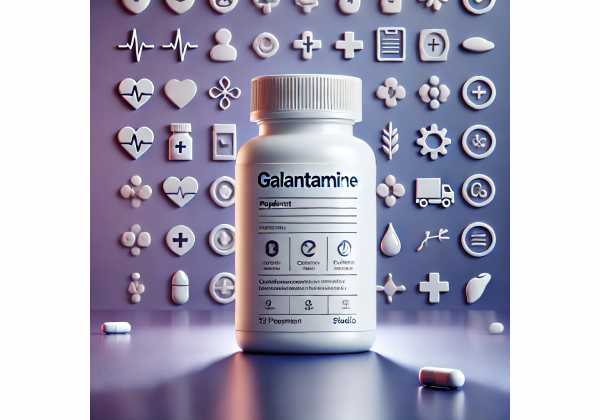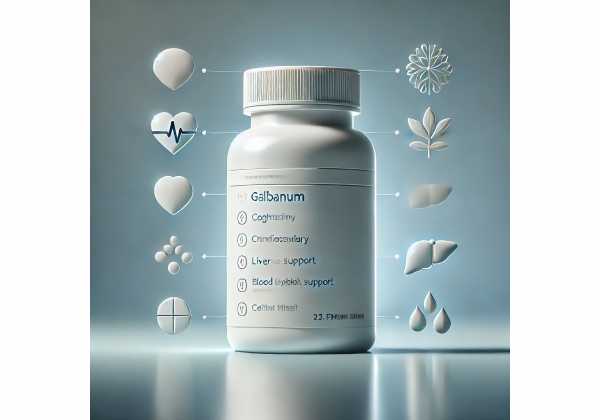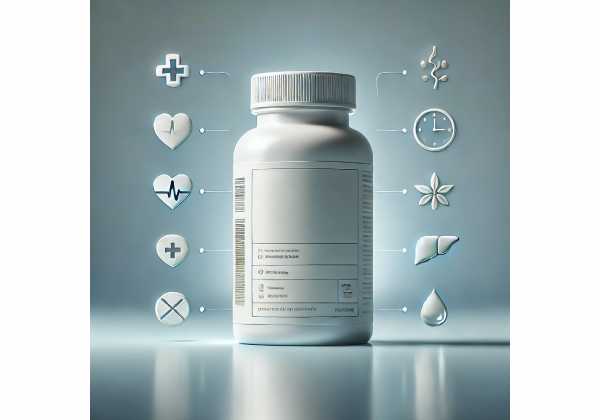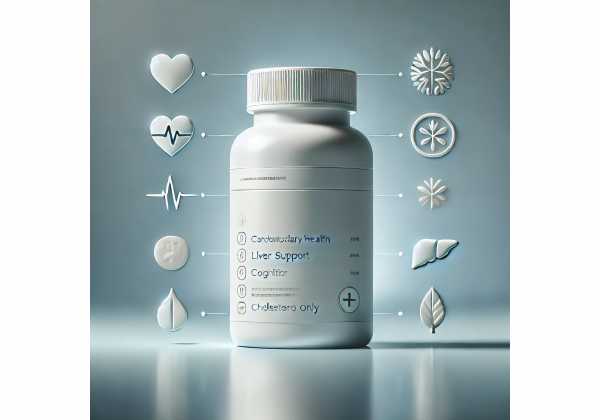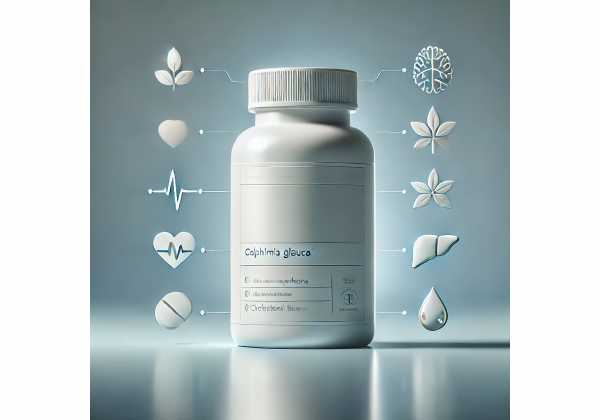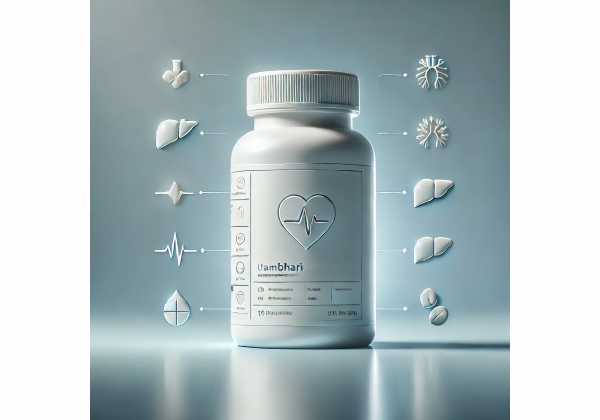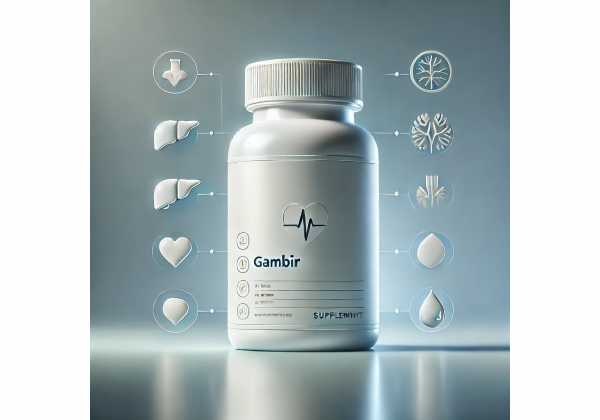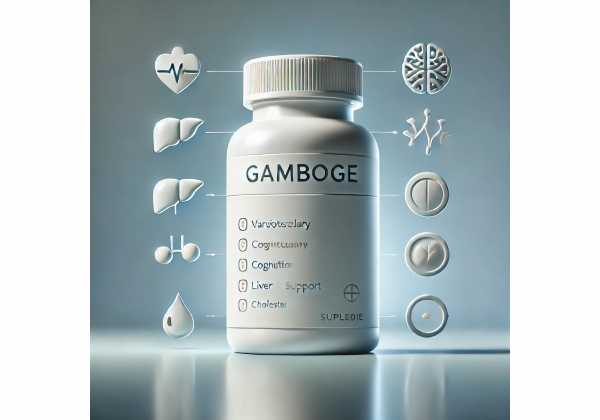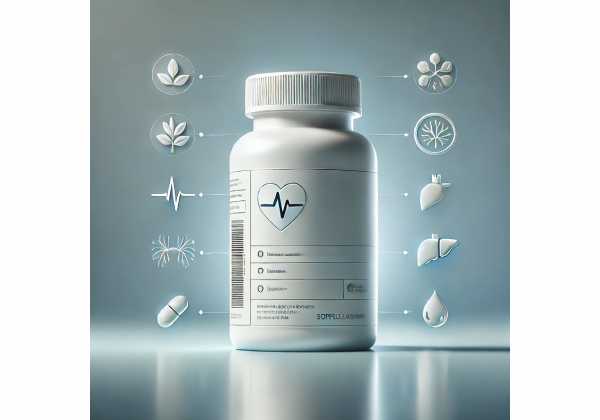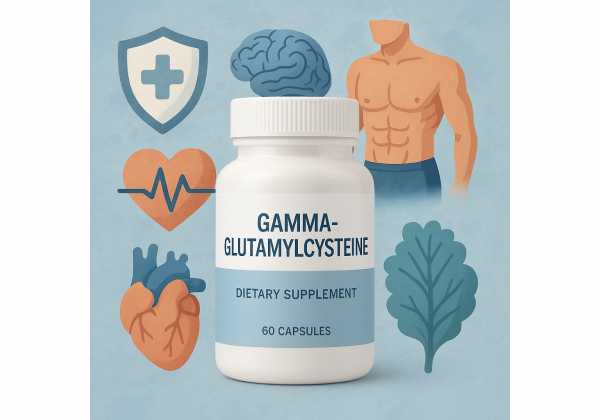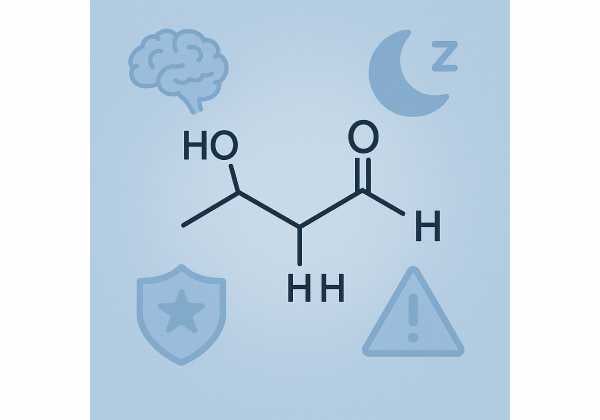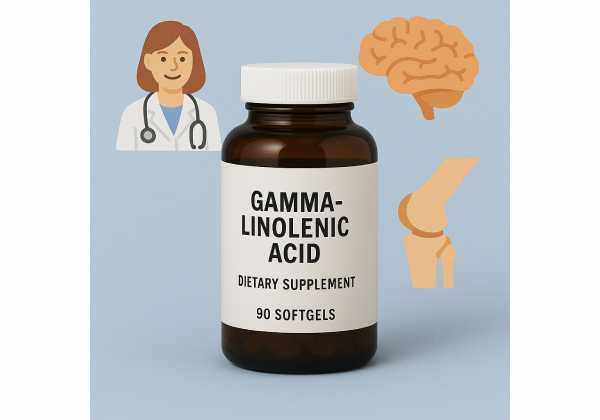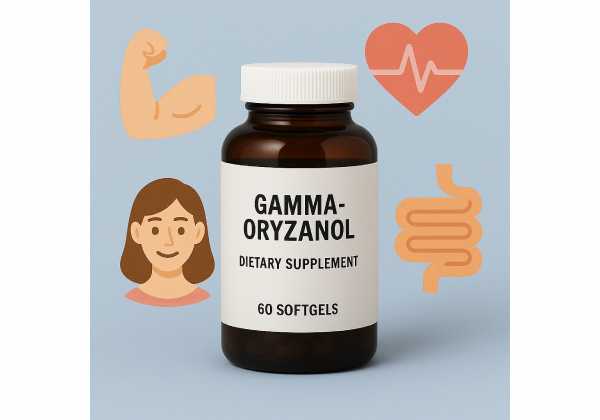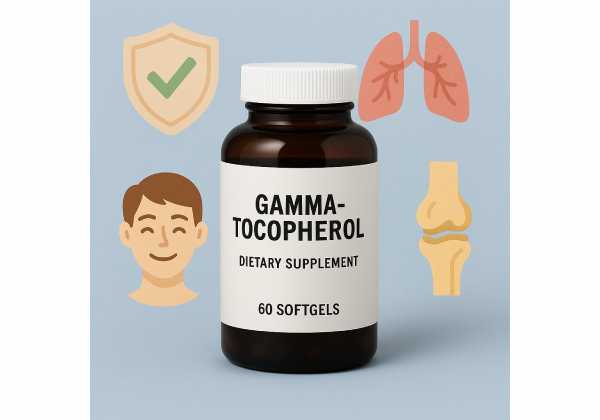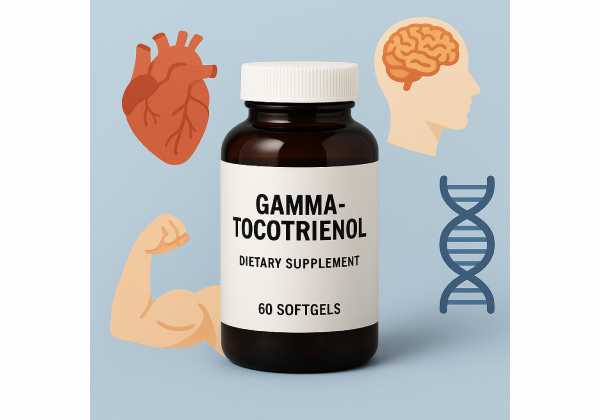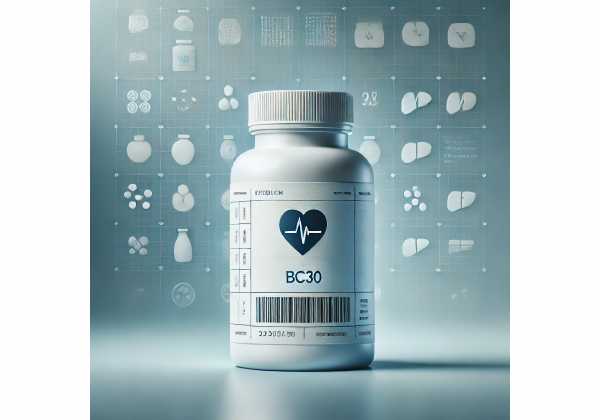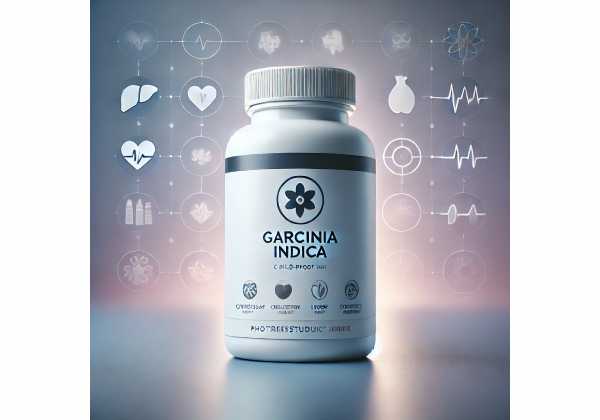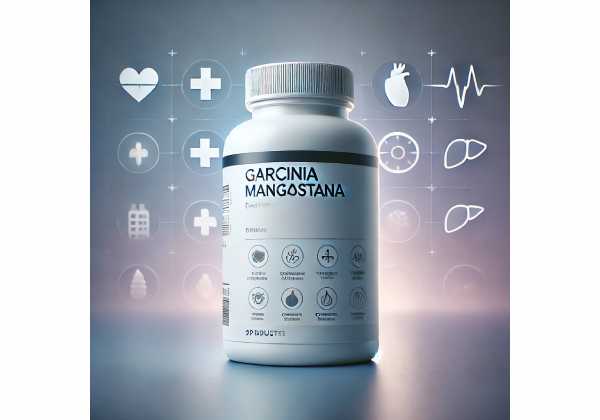Galantamine: Uses for Alzheimer’s, Dosing Guidelines, Side Effects, and Interactions
Galantamine is a prescription medicine used to treat symptoms of mild to moderate Alzheimer’s disease. It belongs to a group of drugs called acetylcholinesterase inhibitors, which help nerve cells communicate by increasing acetylcholine—a chemical important for memory and attention. When taken and titrated correctly, galantamine can modestly improve or slow decline in cognition, daily functioning, and behavior for some...
Galbanum: What It Is, Evidence-Based Benefits, How to Use It, Dosage, and Risks
Galbanum is a fragrant oleo-gum-resin obtained mainly from Ferula species native to Iran and neighboring regions. Distilled into a sharp, green essential oil or processed into a smooth balsamic resinoid, it has a long history in perfumery, incense, and traditional medicine. Today, people explore galbanum for its distinct aroma, skin-care potential when properly diluted, and its antimicrobial actions observed...
Galega officinalis benefits, glucose support, dosage, and safety explained
Galega officinalis—also called goat’s rue or French lilac—is a traditional European herb best known for inspiring the modern diabetes drug metformin. The plant contains guanidine derivatives such as galegine that can influence glucose handling, though clinical evidence for the whole herb remains limited. Today, people most often encounter Galega in teas, tinctures, or capsules marketed for metabolic support or...
Galium aparine for urinary comfort and lymph support: uses, dosing, and side effects
Galium aparine—better known as cleavers, goosegrass, or catchweed—is a springtime hedgerow herb with tiny hooks that cling to clothing and fur. In traditional European and Asian practices, it is brewed or juiced as a gentle diuretic and “lymph-supportive” tonic, and used topically for minor skin irritation. Modern lab and animal studies point to a rich profile of iridoids, chlorogenic...
Gallic acid: Antioxidant Benefits, Uses for Skin and Metabolic Health, Dosage, and Side Effects
Gallic acid is a naturally occurring phenolic compound found in tea, berries, grapes, walnuts, and oak galls. It is best known for strong antioxidant and anti-inflammatory activity and is widely studied for metabolic, cardiovascular, neuroprotective, and skin health applications. In foods, it helps prevent oxidation; in supplements and skincare, it targets oxidative stress and irritation. Early human data suggest...
Galphimia glauca: Evidence-Based Benefits for Anxiety and Stress, Proper Dosage, and Side Effects
Galphimia glauca—known locally in Mexico as thryallis or “calderona amarilla”—is a small shrub whose golden flowers hide an unusual group of triterpenes called galphimines. Among them, galphimine-B has drawn clinical attention for easing symptoms of generalized and social anxiety without the heavy sedation seen with some conventional medicines. Standardized extracts have been compared with lorazepam and alprazolam in controlled...
Gambhari: Evidence-Based Benefits, How to Use It, Proper Dosage, and Side Effects
Gambhari (Gmelina arborea) is a fast-growing deciduous tree native to South and Southeast Asia and a classical herb in Ayurveda. Traditionally grouped within the Dashamoola (“ten roots”), it is valued for soothing inflamed tissues, easing musculoskeletal pain, supporting urinary flow, and restoring strength during convalescence. Modern phytochemical analyses identify phenylpropanoid glycosides (like verbascoside), lignans (such as gmelinol), and iridoids—compounds...
Gambir: What It Is, Proven Properties, Safe Dosage, and Who Should Avoid It
Gambir (Uncaria gambir), also called gambier, is a traditional extract made from the leaves and young twigs of a tropical vine in the coffee family. It is rich in plant polyphenols—especially catechins and related tannins—that give it strong astringent, antioxidant, and antimicrobial properties. Historically used across Southeast Asia for oral care, sore throats, and digestive upset, gambir is now...
Gamboge: What It Is, How It Works, Proper Use, Dosage Details, and Safety Considerations
Gamboge is the deep yellow resin obtained mainly from the tree Garcinia hanburyi (often called Siamese gamboge). Long known as a coloring agent, the resin also contains bioactive “caged xanthones,” primarily gambogic acid (GA) and gambogenic acid (GNA). In laboratories, these molecules show anticancer, anti-inflammatory, and antimicrobial actions. Yet the raw resin is a harsh purgative and has a...
Gamma-aminobutyric acid: Sleep Benefits, Stress Relief, How to Use, Dosage, and Safety
Gamma-aminobutyric acid (GABA) is the brain’s primary calming neurotransmitter. As a supplement, it’s marketed to help you unwind, sleep more easily, and manage day-to-day stress. Research suggests oral GABA may shorten the time it takes to fall asleep, improve aspects of sleep quality, and reduce markers of stress in some people. Effects likely arise from a mix of gut–brain...
Gamma-butyrolactone: Risks, Overdose Signs, Interactions, and Safer Alternatives Explained
Gamma-butyrolactone (GBL) is an industrial solvent that the body rapidly converts into gamma-hydroxybutyrate (GHB), a powerful central nervous system depressant. Despite its reputation in some circles as a “supplement,” GBL is not approved for wellness uses and carries a narrow margin between desired effects and overdose. People encounter it in nightlife settings, as an adulterant, or through online markets...
Gamma-glutamylcysteine: Raise Glutathione Naturally—Benefits, Dosage, and Risks
Gamma-glutamylcysteine (GGC) is a small dipeptide your body naturally makes as the immediate precursor to glutathione—the ubiquitous cellular antioxidant that safeguards proteins, lipids, and DNA. Interest in GGC is rising because taking it may bypass the rate-limiting step in glutathione synthesis and support low glutathione states linked with aging and oxidative stress. Early human data show that single oral...
Gamma-hydroxybutyrate (GHB): Uses in Narcolepsy and Idiopathic Hypersomnia, Proper Dosage, and Side Effects
Gamma-hydroxybutyrate (GHB) is a naturally occurring neurochemical and a powerful central nervous system depressant. In medicine, its prescription form—oxybate—is used under strict supervision to treat narcolepsy with cataplexy, excessive daytime sleepiness, and idiopathic hypersomnia. Unlike many sleep-related products marketed as supplements, GHB is not an over-the-counter aid; it is a controlled prescription therapy with significant safety requirements and a...
Gamma-linolenic acid: What It Does, Evidence for Skin and Joint Health, Dosage Ranges, and Side Effects
Gamma-linolenic acid (GLA) is a plant-derived omega-6 fatty acid found in borage seed, evening primrose, and black currant seed oils. In the body, GLA converts to dihomo-gamma-linolenic acid (DGLA), a precursor to anti-inflammatory eicosanoids such as prostaglandin E1. That biology explains why GLA is marketed for skin comfort, joint health, and women’s health concerns. The real picture is more...
Gamma-oryzanol: Uses, Proven Benefits, Best Dosage, and Side Effects
Gamma-oryzanol is a group of antioxidant compounds naturally concentrated in rice bran oil. It has drawn interest for cardiovascular support, metabolic health, and midlife symptom relief, along with long-standing (and often overstated) claims in sports nutrition. In this guide, you will learn what gamma-oryzanol is, how it works, what the human studies actually show, how to use it wisely,...
Gamma-tocopherol: What It Is, Research-Backed Benefits, How Much to Take, and Risks
Gamma-tocopherol is a major dietary form of vitamin E found in many everyday foods, especially soybean, canola, and corn oils, as well as certain nuts and seeds. Unlike alpha-tocopherol—the form used to set recommended intakes—gamma-tocopherol has unique chemistry that helps trap reactive nitrogen species formed during inflammation. Interest has grown around whether this form supports respiratory health, offsets oxidative...
Gamma-tocotrienol: How It Works, Clinical Benefits, Dosage Ranges, and Side Effects
Gamma-tocotrienol (γ-T3) is one of the eight compounds in the vitamin E family. While alpha-tocopherol gets most of the spotlight, tocotrienols—especially the gamma and delta forms—have distinct properties that set them apart. They anchor more evenly in lipid membranes, modulate the mevalonate pathway involved in cholesterol synthesis, and influence inflammatory signaling. Early human trials and several recent systematic reviews...
GanedenBC30: What It Is, Proven Benefits for Protein and Gut Health, How to Take It, and Safety
GanedenBC30 is a branded probiotic strain scientifically designated as Bacillus coagulans GBI-30, 6086 (also referenced in updated taxonomy as Heyndrickxia/Weizmannia coagulans). Unlike many probiotics, it’s a hardy spore-former that survives heat, stomach acid, and food processing, allowing it to reach the intestine alive. Research has explored potential benefits for everyday digestive comfort, nutrient utilization (especially protein absorption), and recovery...
Ganoderma lucidum: What It Is, Proven Benefits, Best Forms, Dosage, and Risks
Ganoderma lucidum—also called reishi or lingzhi—is one of the most studied medicinal mushrooms. It is rich in polysaccharides (notably beta-glucans) and triterpenes that may help modulate immune activity, support resilience to stress, and influence markers tied to metabolic health. People use it as capsules, extracts, teas, and occasionally spore oils. While traditional use spans centuries, modern clinical research shows...
Ganoderma tsugae: Health Benefits, Evidence-Based Uses, Dosage Guidelines, and Safety Risks
Ganoderma tsugae—often called the hemlock reishi—belongs to the same medicinal mushroom family as the more famous Ganoderma lucidum. It grows on conifers, develops a glossy, varnished cap, and contains bioactive polysaccharides and triterpenoids studied for immune modulation, antioxidant activity, and support for healthy inflammatory balance. While most clinical trials focus on G. lucidum, modern lab and animal research specific...
Garcinia cambogia: Weight Loss Effects, Best Dosage and Timing, Side Effects, and Real-World Tips
Garcinia cambogia—also known as Garcinia gummi-gutta or Malabar tamarind—is a tropical fruit whose rind contains hydroxycitric acid (HCA), a compound marketed for appetite control and fat metabolism. Research on weight outcomes is mixed: some trials show modest reductions in body weight and waist size, while others find little to no benefit beyond diet alone. Safety is a key consideration....
Garcinia indica: Health Benefits, Evidence on Garcinol, How to Use, Dosage, and Safety
Garcinia indica—better known as kokum—is a deep-purple, tart fruit native to India’s Western Ghats. Its dried rind brings tang and color to curries, beverages, and chutneys, while its seed fat (kokum butter) appears in skincare. Beyond the kitchen, kokum contains notable bioactive compounds: garcinol (a polyisoprenylated benzophenone), anthocyanins that give the fruit its color, and small amounts of hydroxycitric...
Garcinia kola: What It Is, Proven and Potential Benefits, How to Take It, and Risks
Garcinia kola—popularly called bitter kola—is a West and Central African tree whose seeds are chewed as a traditional masticatory and shared at social gatherings. The seeds have a strong, bitter taste and a reputation for “clearing the head,” supporting alertness, and soothing the throat. Modern laboratory research points to an abundance of notable phytochemicals: biflavonoids (a mixture known as...
Garcinia mangostana: Uses for Insulin Sensitivity, Inflammation, Oral Health, and Side Effects
Mangosteen (Garcinia mangostana) is a Southeast Asian fruit celebrated for its sweet, floral flavor and a thick purple rind rich in biologically active xanthones such as α-mangostin. Beyond the culinary appeal, extracts from the fruit’s pericarp (rind) appear to influence pathways tied to inflammation, oxidative stress, metabolism, and even mood. Early clinical trials suggest potential benefits for insulin sensitivity...

